Home>Interior Design>How To Clean Throw Pillows: Experts Offer Laundry Lessons


Interior Design
How To Clean Throw Pillows: Experts Offer Laundry Lessons
Modified: January 18, 2024
Learn how to effectively clean throw pillows with expert laundry lessons. Transform your interior design with these helpful tips and techniques.
(Many of the links in this article redirect to a specific reviewed product. Your purchase of these products through affiliate links helps to generate commission for Storables.com, at no extra cost. Learn more)
Introduction
Welcome to the world of interior design, where every detail matters – from the placement of furniture to the selection of color palettes. One often overlooked yet essential element in interior design is throw pillows. These decorative and functional accessories can add a pop of color, texture, and comfort to any space. However, like any other item in your home, throw pillows can accumulate dust, dirt, and stains over time.
In this article, we will delve into the art of cleaning throw pillows, exploring different techniques and offering expert advice to ensure that your throw pillows remain fresh, clean, and hygienic. Whether you have silk, cotton, or synthetic throw pillows, we’ve got you covered. By the end of this article, you’ll have all the knowledge you need to revitalize your throw pillows and maintain their pristine condition.
So, why is it important to keep your throw pillows clean? Beyond just improving their appearance, regular cleaning contributes to a healthier living environment. Over time, throw pillows can accumulate allergens, such as dust mites and pet dander, which can trigger allergies or respiratory issues. By cleaning your throw pillows regularly, you can minimize these risks and ensure that your home remains a welcoming and safe space.
Throw pillows come in various styles, materials, and sizes, and it’s essential to determine the type of throw pillow you have before diving into the cleaning process. Common materials include cotton, linen, silk, velvet, and synthetic blends. Some throw pillows may also have decorative embellishments like embroidery or beading, which require special attention during cleaning.
Now that we’ve covered the importance of cleaning throw pillows and the different types you may encounter, let’s dive into the general cleaning instructions that apply to most throw pillows. Remember, it’s always wise to check the care instructions provided by the manufacturer for your specific throw pillows before proceeding with any cleaning method.
Key Takeaways:
- Regularly cleaning throw pillows not only enhances their appearance but also contributes to a healthier living environment by minimizing allergens and extending their lifespan.
- Different types of throw pillows require specific cleaning methods, from handwashing delicate silk to machine washing durable cotton. Following care labels and maintenance tips is crucial for preserving their beauty and cleanliness.
Read more: How To Clean Throw Pillows With Stuffing
Why Clean Throw Pillows?
Throw pillows are not just decorative accents; they also serve practical purposes, such as providing support and comfort. However, over time, these pillows collect dirt, dust, allergens, and stains that not only affect their appearance but also impact the overall cleanliness of your living space. Here are a few reasons why it’s important to clean your throw pillows regularly:
1. Improved Hygiene: Throw pillows come into contact with various sources of dirt and germs daily, including dust, body oils, and pet dander. Cleaning them regularly helps remove these contaminants, ensuring a hygienic and healthy environment.
2. Allergen Control: Dust mites and allergens can easily accumulate on throw pillows, especially if they are not cleaned frequently. Individuals with allergies or asthma may experience flare-ups or nasal congestion if exposed to these allergens. Regular cleaning helps minimize these risks and ensures a comfortable living space for everyone.
3. Extended Lifespan: Dirt, stains, and neglect can cause throw pillows to wear out faster. By cleaning them regularly, you can maintain their quality and extend their lifespan, saving you money in the long run.
4. Enhanced Appearance: Clean throw pillows can instantly freshen up the look of your living room, bedroom, or any other space. Removing stains, dirt, and odors revitalizes the colors, textures, and patterns of the pillows, making your entire room look more inviting and appealing.
5. Elimination of Odors: Over time, throw pillows can absorb the smells of the environment, such as pet odors, cooking smells, or cigarette smoke. Regular cleaning helps eliminate these odors, leaving your pillows smelling fresh and clean.
6. Peace of Mind: Maintaining clean throw pillows not only enhances the aesthetics of your home but also provides peace of mind. You can relax comfortably, knowing that you are in a clean and healthy environment.
By understanding the importance of cleaning your throw pillows, you can prioritize their maintenance and incorporate it into your regular cleaning routine. Follow along as we explore various cleaning methods and techniques for different types of throw pillows to keep them fresh, stylish, and allergen-free!
Types of Throw Pillows
Throw pillows come in a wide range of styles, materials, and sizes, allowing you to express your personal style and add a touch of comfort to any space. Understanding the different types of throw pillows will help you choose the appropriate cleaning method and ensure their longevity. Here are some popular types of throw pillows:
- Cotton: Cotton throw pillows are one of the most common types available. They are soft, breathable, and easy to care for. Cotton pillows can be either plain or adorned with patterns, making them versatile for various interior design styles. They are typically machine washable, but always check the care label for specific instructions.
- Linen: Linen throw pillows offer a casual and relaxed look while adding texture to your space. With their natural, breathable fibers, linen pillows are ideal for warmer climates. However, linen may require a bit more care when cleaning, as some may be spot clean only or require professional dry cleaning.
- Silk: Silk throw pillows exude luxury and sophistication, instantly elevating the look of a room. They are often adorned with intricate embroidery or embellishments. While silk pillows can be delicate and require extra care, some may be machine washable or require spot cleaning. Always check the care instructions to ensure the proper cleaning method.
- Velvet: Velvet throw pillows add a touch of elegance and luxury to any space with their soft and plush texture. They are available in a variety of colors and styles, making them versatile for different interior design aesthetics. Some velvet pillows may be machine washable, while others may require spot cleaning or professional cleaning.
- Outdoor: Outdoor throw pillows are specially designed to withstand various weather conditions, making them suitable for outdoor spaces like patios or decks. They are typically made from durable and water-resistant materials, such as polyester or acrylic, which can be easily spot cleaned or machine washed.
- Decorative: Decorative throw pillows come in a range of shapes, sizes, and materials, allowing you to add a unique touch to your space. They may feature unique patterns, textures, or embellishments, such as sequins or tassels. Cleaning methods for decorative pillows can vary based on their materials and decorative elements, so always check the care instructions.
Knowing the type of throw pillow you have will help you determine the best cleaning method and products to use. Always refer to the care label or manufacturer’s instructions for specific cleaning guidelines, as some pillows may require professional cleaning or spot treatment. Now that we’ve explored the different types of throw pillows, let’s move on to the general cleaning instructions that apply to most throw pillows.
General Cleaning Instructions
Before diving into the specific cleaning methods for different types of throw pillows, it’s essential to understand the general cleaning instructions that apply to most of them. These instructions will help you maintain the cleanliness and integrity of your throw pillows. Here are the general steps to clean your throw pillows:
- Read the Care Label: Always start by checking the care label attached to your throw pillow. It provides valuable information about the recommended cleaning method and any specific precautions to take. Follow the instructions on the care label as closely as possible.
- Remove Pillow Inserts: If your throw pillow has a removable cover, take out the pillow insert before cleaning. This will allow you to clean the cover more thoroughly and prevent any damage to the filler material.
- Inspect for Stains or Damage: Before cleaning, inspect your throw pillow for any stains or damage. Treat any visible stains promptly using appropriate stain removal techniques or products. Repair any loose seams, embroidery, or embellishments to prevent further damage during washing.
- Pre-treat stains: For stubborn stains, pre-treat them with a stain remover or a gentle cleaning solution appropriate for the type of fabric. Follow the instructions on the product label and allow the pre-treatment to sit for the recommended time before washing.
- Select the Proper Cleaning Method: The cleaning method for your throw pillows will depend on the fabric and other factors. Some may be suitable for machine washing, while others may require handwashing or professional cleaning. Refer to the care label or manufacturer’s instructions to determine the appropriate method.
- Clean with Care: When washing your throw pillows, use a gentle cycle or delicate setting on your washing machine, or gently handwash them to avoid damaging the fabric or embellishments. Use a mild detergent that is appropriate for the fabric and water temperature recommended on the care label.
- Rinse Thoroughly: After cleaning, ensure that you rinse the throw pillows thoroughly to remove any detergent residue. Residue left behind can lead to discoloration or stiffness in the fabric.
- Dry Properly: Proper drying is critical to prevent mold and mildew growth. If possible, tumble dry your throw pillows on low heat or use the air-dry setting. Ensure the pillows are thoroughly dry before returning the pillow inserts or putting the covers back on.
- Fluff and Reassemble: Once your throw pillows are dry, fluff them to restore their shape and plumpness. Reassemble the pillow covers if they’re removable, and insert the pillow fillers. Give the pillows a gentle shake or gently knead them to distribute the filling evenly.
By following these general cleaning instructions, you’ll be equipped to clean most types of throw pillows. However, it’s essential to note that some materials or decorative elements may require specific care. In the next sections, we will explore specialized cleaning methods for different types of throw pillows to help you maintain their beauty and cleanliness.
Handwashing Throw Pillows
Handwashing is often the recommended method for cleaning delicate or embellished throw pillows that cannot be machine washed. By following these steps, you can ensure a gentle and effective handwashing process for your throw pillows:
- Prepare the Cleaning Solution: Fill a basin or sink with lukewarm water. Add a small amount of mild detergent suitable for the fabric type. Avoid using harsh chemicals or bleach, as they may damage the fabric or color of the throw pillows. Mix the detergent into the water until it is well-dissolved.
- Spot Check: Before immersing the entire pillow, spot check a small inconspicuous area of the pillow fabric with the cleaning solution to ensure it doesn’t cause any discoloration or damage. If the fabric reacts negatively, consider professional cleaning or try an alternative cleaning method.
- Submerge and Soak: Immerse the throw pillow in the soapy water, gently pressing it down to ensure it is fully submerged. Allow the pillow to soak for about 15-20 minutes. This soaking process helps to loosen dirt, stains, and odors from the fabric.
- Gently Clean: After soaking, use your hands to gently agitate the water and fabric, focusing on any stained or soiled areas. This gentle agitation will help lift the dirt and stains without causing damage to the fabric or embellishments. Avoid rubbing or scrubbing vigorously, as this may lead to fraying or damage.
- Rinse Thoroughly: Once you feel that the pillow is clean, drain the soapy water and refill the basin or sink with clean, lukewarm water. Submerge the pillow in the clean water and gently squeeze and press it to remove any remaining detergent residue. Repeat this rinsing process until the water runs clear.
- Remove Excess Water: Gently squeeze out the excess water from the pillow. Avoid twisting or wringing the pillow, as this can misshape it or damage the fabric. You can place the pillow on a clean, dry towel and roll it up to further remove excess water.
- Drying: Lay the pillow flat on a clean towel or drying rack in a well-ventilated area, away from direct sunlight. Make sure to reshape the pillow to its original form while it dries. Periodically fluff and flip the pillow to ensure even drying. Depending on the fabric and humidity levels, it may take a day or more for the pillow to fully dry.
- Finishing Touches: Once the pillow is completely dry, fluff it up to restore its shape and distribute the filling evenly. Check for any loose threads or embellishments and repair them if necessary. Finally, insert the pillow filler or put the cover back on, and your hand-washed throw pillow is ready to be displayed.
Handwashing your throw pillows can be a time-consuming process, but it’s worth the effort to protect and preserve their delicate fabrics and decorative elements. If you’re unsure about handwashing a particular throw pillow, consult the care label or consider professional cleaning to ensure the best outcome.
To clean throw pillows, remove the pillow cover and wash it according to the care instructions. Spot clean the pillow insert with a mild detergent and let it air dry completely before putting it back into the cover.
Machine Washing Throw Pillows
If your throw pillows are machine washable, using a washing machine can be a convenient and effective way to clean them. However, it’s important to follow these steps to ensure that your throw pillows are not damaged during the process:
- Check the Care Label: Before proceeding, double-check the care label on your throw pillow to ensure it is safe for machine washing. Look for any specific instructions or recommendations provided by the manufacturer.
- Remove Pillow Inserts: If your throw pillow has a removable cover, take out the pillow insert before washing. This will prevent the filler material from becoming misshapen or damaged during the washing process.
- Pre-treat Stains: If you notice any stains on your throw pillows, pre-treat them with a stain remover or a gentle cleaning solution suitable for the fabric type. Follow the instructions on the product label and allow it to sit for the recommended time before washing.
- Load the Washing Machine: Place your throw pillows in the washing machine, ensuring that there is enough space for them to move freely. It’s best to wash multiple pillows together to maintain balance in the machine. If you only have one pillow to wash, consider adding a few towels or similar items to provide balance.
- Select the Right Settings: Set the washing machine to a gentle or delicate cycle with cool or lukewarm water, depending on the care label instructions. Avoid high heat or heavy-duty cycles, as they may damage the fabric or cause the pillow filling to clump.
- Choose a Mild Detergent: Use a mild laundry detergent that is suitable for your throw pillow’s fabric type. Avoid using bleach or harsh chemicals, as they may cause discoloration or damage the fibers. Follow the recommended dosage based on the detergent’s instructions.
- Final Rinse: After the wash cycle, ensure that the throw pillows are thoroughly rinsed to remove any detergent residue. You can run an additional rinse cycle or manually rinse them in cool water to achieve this.
- Drying: When it comes to drying throw pillows, it’s best to air dry them, if possible. Placing the pillows in a well-ventilated area, away from direct sunlight, will help prevent shrinkage, fading, or damage to the fabric. Having a fan or opening a window can aid in the drying process.
- Fluff and Reassemble: Once the pillows are completely dry, fluff them up by gently kneading or shaking them. This will help restore their shape and loftiness. Reinsert the pillow inserts or put the covers back on, and your machine-washed throw pillows are ready to be displayed.
It’s important to note that machine washing may not be suitable for all types of throw pillows. Delicate fabrics, intricate embellishments, or pillows that are labeled as dry clean only should not be machine washed. Always refer to the care label or manufacturer’s instructions for the best cleaning method specific to your throw pillows.
Drying Throw Pillows
Properly drying your throw pillows is essential to preserve their shape, prevent mold or mildew growth, and ensure their longevity. Here are some guidelines to follow when drying your throw pillows:
- Check the Care Label: Before drying your throw pillows, carefully review the care label or manufacturer’s instructions. Some pillows may specify air drying only or have specific temperature requirements.
- Remove Excess Moisture: If your throw pillows were machine washed, gently squeeze out any excess water from the pillows before drying. Avoid twisting or wringing the pillows, as this can misshape or damage them.
- Blot with Towels: Place clean, absorbent towels or cloths around the pillow to help absorb excess moisture. Press down gently to allow the towels to absorb the water. This can help speed up the drying process.
- Air Drying: Lay the throw pillows flat on a clean, dry surface in a well-ventilated area. Avoid direct sunlight, as it can fade colors and cause shrinkage. Flip the pillows periodically to ensure even drying on both sides.
- Fluffing: During the drying process, periodically fluff the pillows to prevent the filling from clumping and to restore their shape. Gently knead or shake the pillows to redistribute the filling evenly.
- Fan or Air Circulation: Using a fan or opening windows to create air circulation can help speed up the drying process. This will ensure that the pillows dry thoroughly and minimize the chances of mold or mildew developing.
- Pillow Inserts: If your throw pillows have removable covers, ensure that both the covers and the pillow inserts are completely dry before reassembling them. Moisture trapped inside the pillow inserts can lead to mold or mildew growth.
- Final Fluffing: Once the throw pillows are fully dry, give them a final fluff to restore their plumpness and shape. Gently knead or shake the pillows to distribute the filling evenly.
- Store in a Dry Area: After drying and fluffing, store your throw pillows in a clean, dry area to prevent moisture buildup. Use a storage bag or cover to protect them from dust and dirt when not in use.
Remember to always follow the instructions on the care label or provided by the manufacturer when drying your throw pillows. Each type of fabric and filling may have specific drying requirements, so it’s important to ensure that you handle and dry them properly to maintain their quality and appearance.
Tips for Maintaining Clean Throw Pillows
Cleaning your throw pillows is just the first step in maintaining their cleanliness and longevity. Here are some helpful tips to help you keep your throw pillows looking fresh and clean:
- Regularly Vacuum: Use a vacuum cleaner with an upholstery attachment to remove surface dust, pet hair, and loose debris from your throw pillows. Regular vacuuming helps prevent dirt and allergens from settling deep into the fabric.
- Rotate and Fluff: Rotate and fluff your throw pillows regularly to distribute the filling evenly. This helps prevent lumps and maintains their shape and loftiness. It’s also a good opportunity to visually inspect your pillows for any signs of wear or damage.
- Keep Food and Drinks Away: Avoid eating or drinking near your throw pillows to prevent accidental spills and stains. If a spill does occur, attend to it immediately by blotting the area with a clean cloth or paper towel to absorb as much of the liquid as possible.
- Use Pillow Protectors: Consider using removable pillow protectors underneath your throw pillow covers. These additional layers act as a barrier, preventing sweat, oils, and other bodily fluids from reaching the pillow insert or cover. Pillow protectors are also easier to wash and can help extend the lifespan of your throw pillows.
- Spot Clean as Needed: Promptly treat any stains or spills on your throw pillows using appropriate cleaning methods. Blot the affected area with a clean cloth and gentle cleaning solution. Avoid rubbing or scrubbing vigorously, as this may cause the stain to spread or damage the fabric.
- Protect from Sun Exposure: To prevent fading or discoloration, keep your throw pillows away from direct sunlight or harsh UV rays. If your pillows are exposed to sunlight regularly, consider using window treatments or moving them to a shaded area.
- Check for Loose Embellishments: Regularly inspect your throw pillows for loose threads, beads, sequins, or other decorative embellishments. Repair any loose or damaged embellishments promptly to prevent further damage and maintain the aesthetic appeal of your pillows.
- Follow Care Instructions: Always refer to the care label or manufacturer’s instructions provided with your throw pillows. Follow the recommended cleaning methods, temperature settings, and drying instructions specific to your pillows. This will ensure that you maintain their quality and prevent any accidental damage.
- Keep Pets Away: If you have pets, try to discourage them from lying or playing on your throw pillows. Pet hair and dander can accumulate and lead to odors and allergies. You can provide your pets with their designated resting area to minimize contact with the pillows.
- Professional Cleaning: When in doubt or if your throw pillows require deep cleaning or stain removal that you are not able to handle yourself, consider professional cleaning. Professional cleaners have the expertise and equipment to safely and effectively clean your throw pillows without causing any damage.
By implementing these simple tips into your routine, you can maintain the cleanliness, freshness, and lifespan of your throw pillows. Regular maintenance and care will ensure that they continue to enhance the beauty and comfort of your living space for years to come.
Conclusion
Cleaning and maintaining your throw pillows is an essential aspect of interior design and hygiene. By following the proper cleaning techniques and incorporating regular maintenance, you can keep your throw pillows looking fresh, clean, and inviting. Clean throw pillows not only enhance the aesthetic appeal of your living space but also contribute to a healthier and more comfortable environment for you and your family.
Throughout this article, we have explored various cleaning methods and tips for different types of throw pillows. Whether you’re handwashing delicate silk or velvet pillows or machine washing durable cotton or outdoor pillows, it’s crucial to check the care label and follow the recommended instructions provided by the manufacturer. This will help prevent any damage and ensure the longevity of your throw pillows.
Additionally, implementing good practices such as regularly vacuuming, rotating and fluffing, and protecting your throw pillows from spills and direct sunlight will help maintain their cleanliness and beauty. Upholding these habits and promptly addressing any stains or damage will ensure that your throw pillows remain in excellent condition for years to come.
Remember, if you’re not comfortable or unsure about cleaning your throw pillows yourself, professional cleaning services are always available. They have the expertise, specialized equipment, and knowledge to handle even the most delicate or challenging cleaning situations.
So, take the time to care for your throw pillows and give them the attention they deserve. Not only will they continue to elevate the style and comfort of your home, but you’ll also enjoy the benefits of a clean and inviting living space. Whether you’re relaxing on the couch, curling up in bed, or entertaining guests, clean throw pillows will add that finishing touch of beauty and luxury to your interior design.
So go ahead, start implementing these cleaning and maintenance tips, and enjoy the renewed freshness and comfort of your throw pillows!
Frequently Asked Questions about How To Clean Throw Pillows: Experts Offer Laundry Lessons
Was this page helpful?
At Storables.com, we guarantee accurate and reliable information. Our content, validated by Expert Board Contributors, is crafted following stringent Editorial Policies. We're committed to providing you with well-researched, expert-backed insights for all your informational needs.

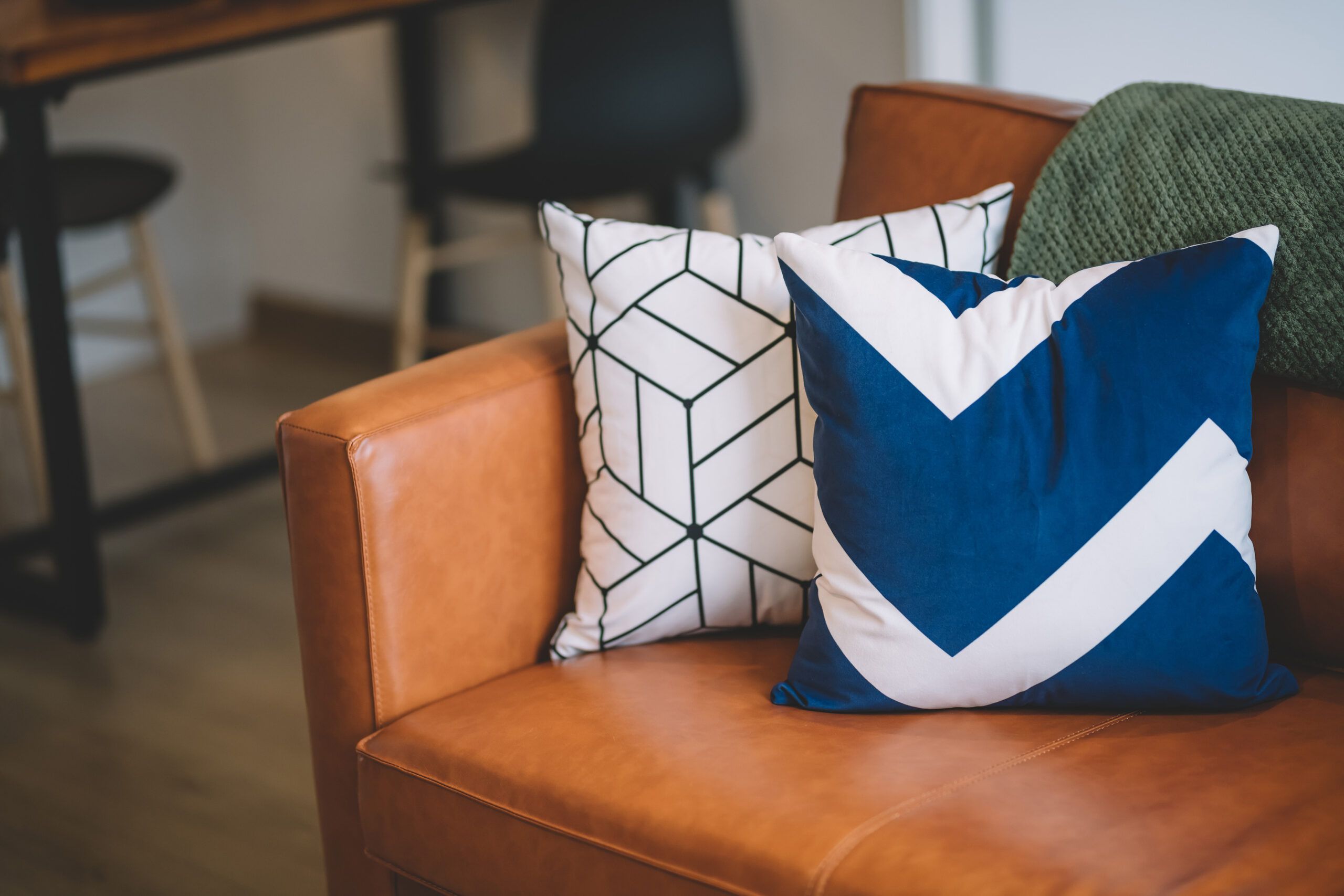
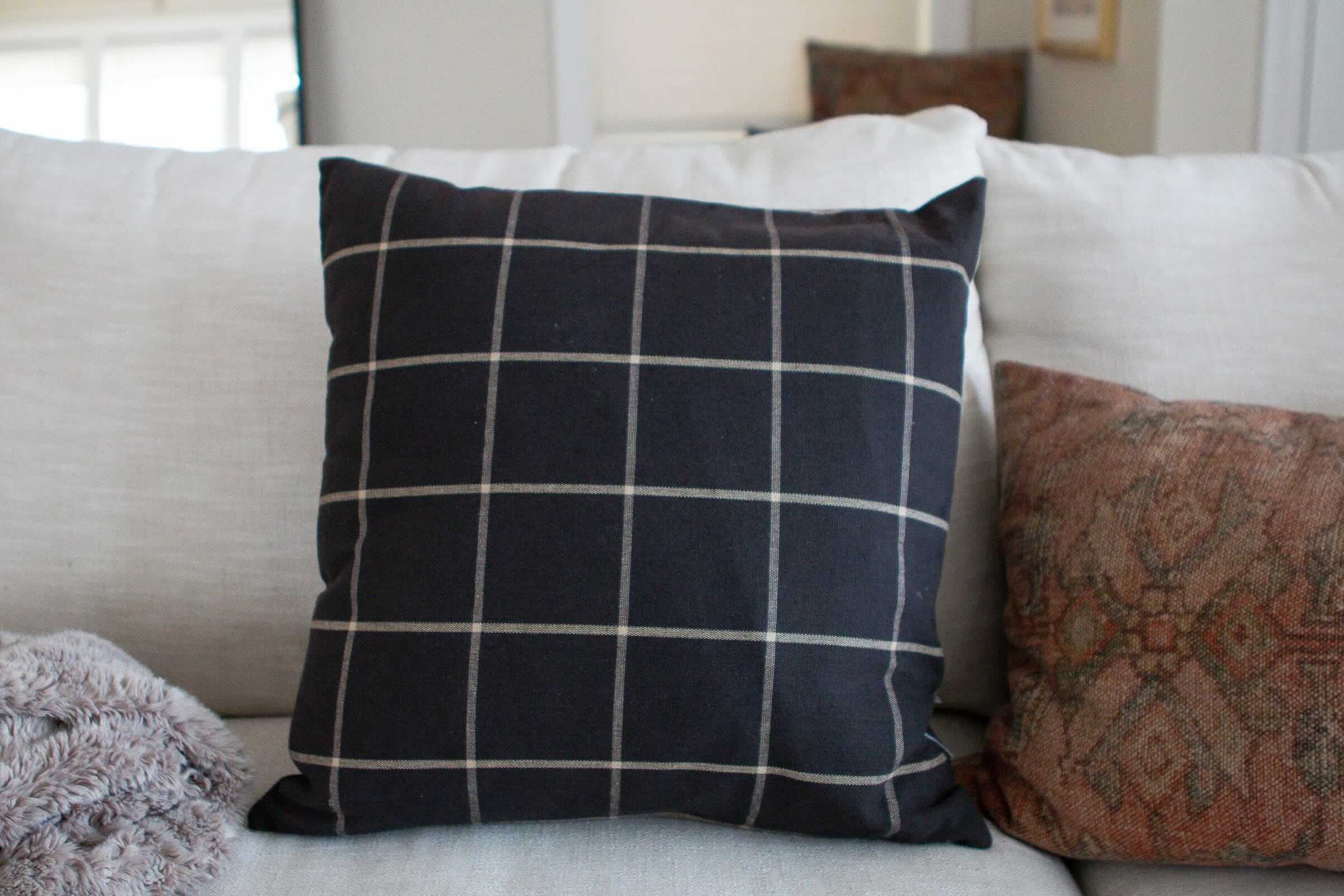
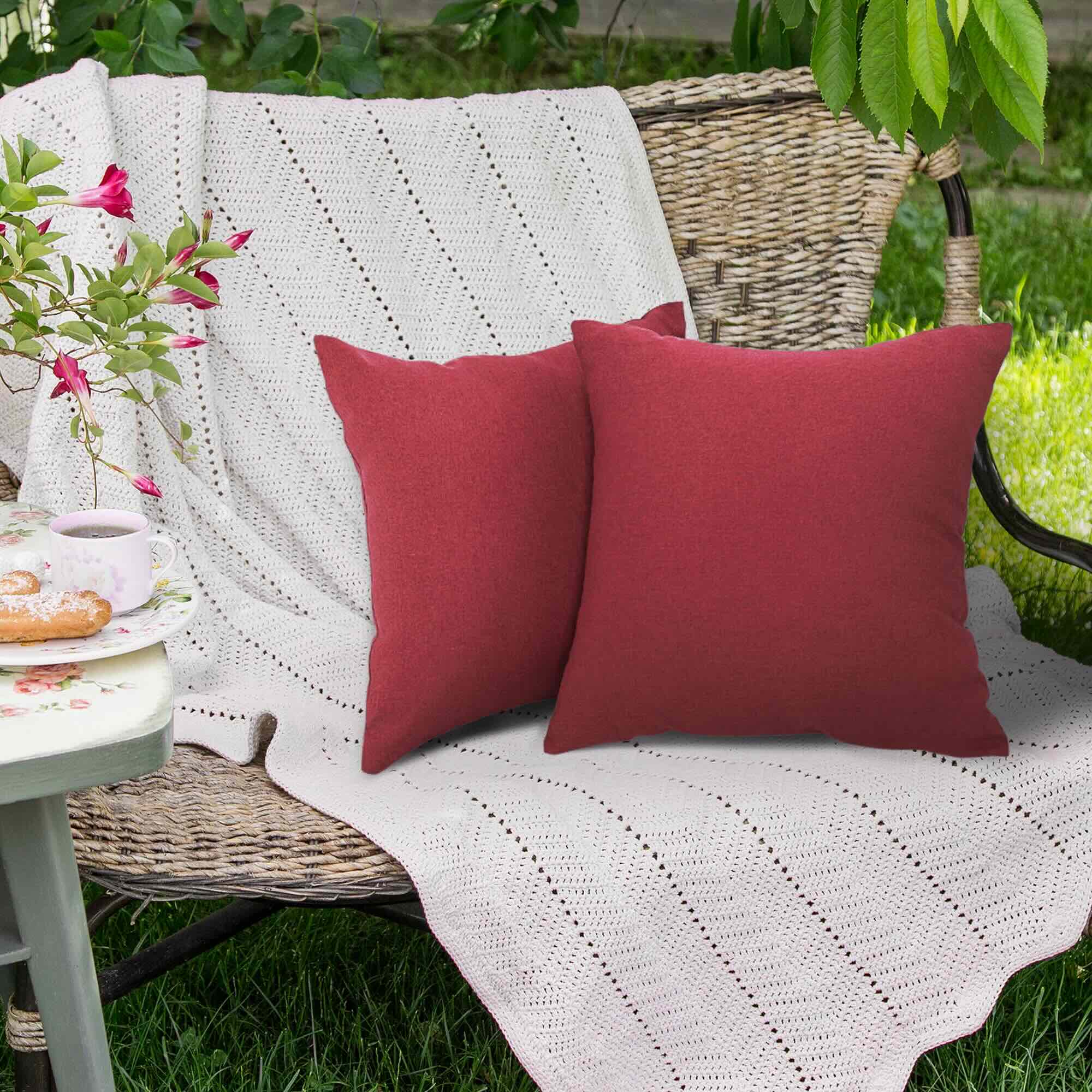

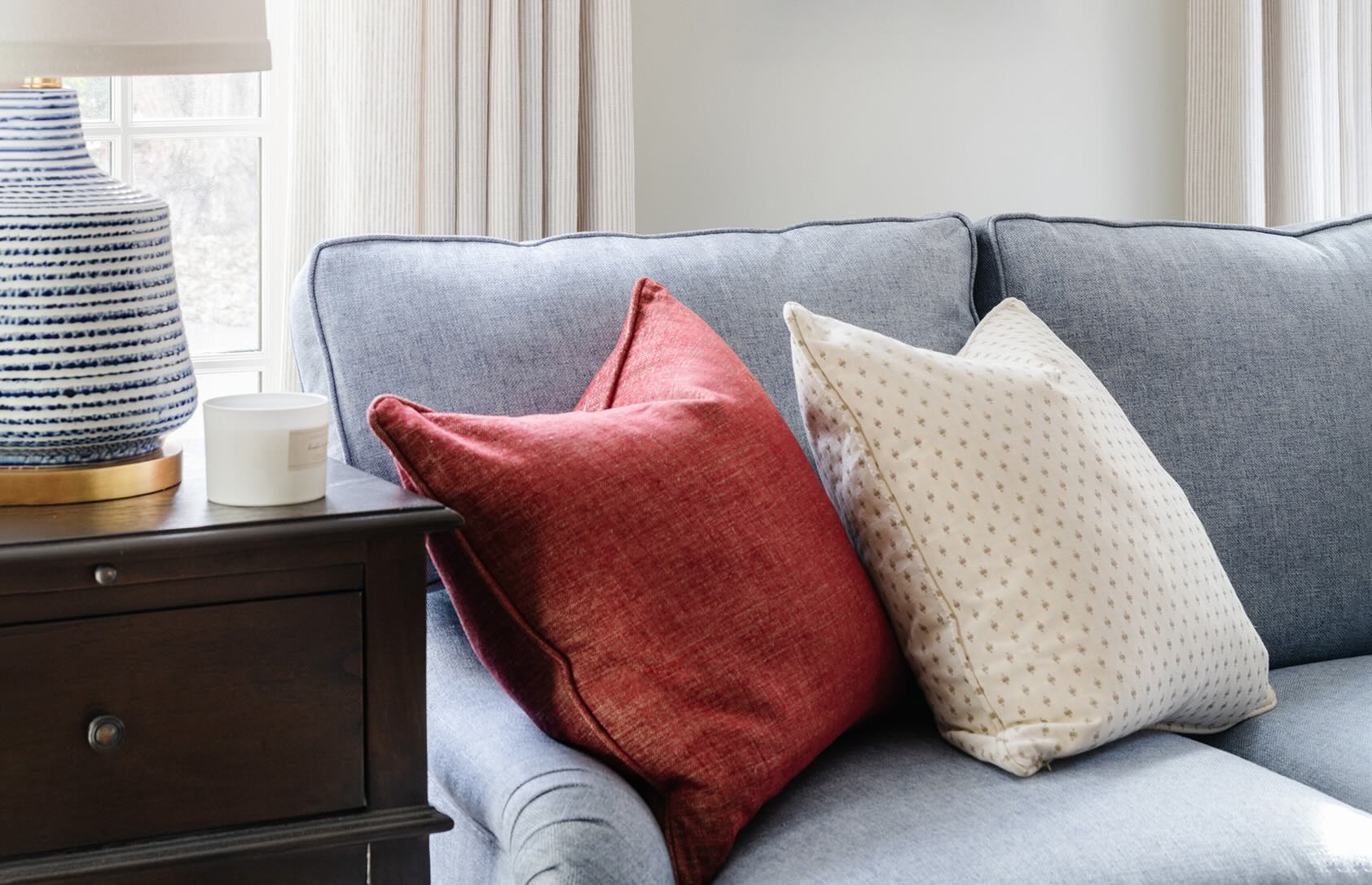
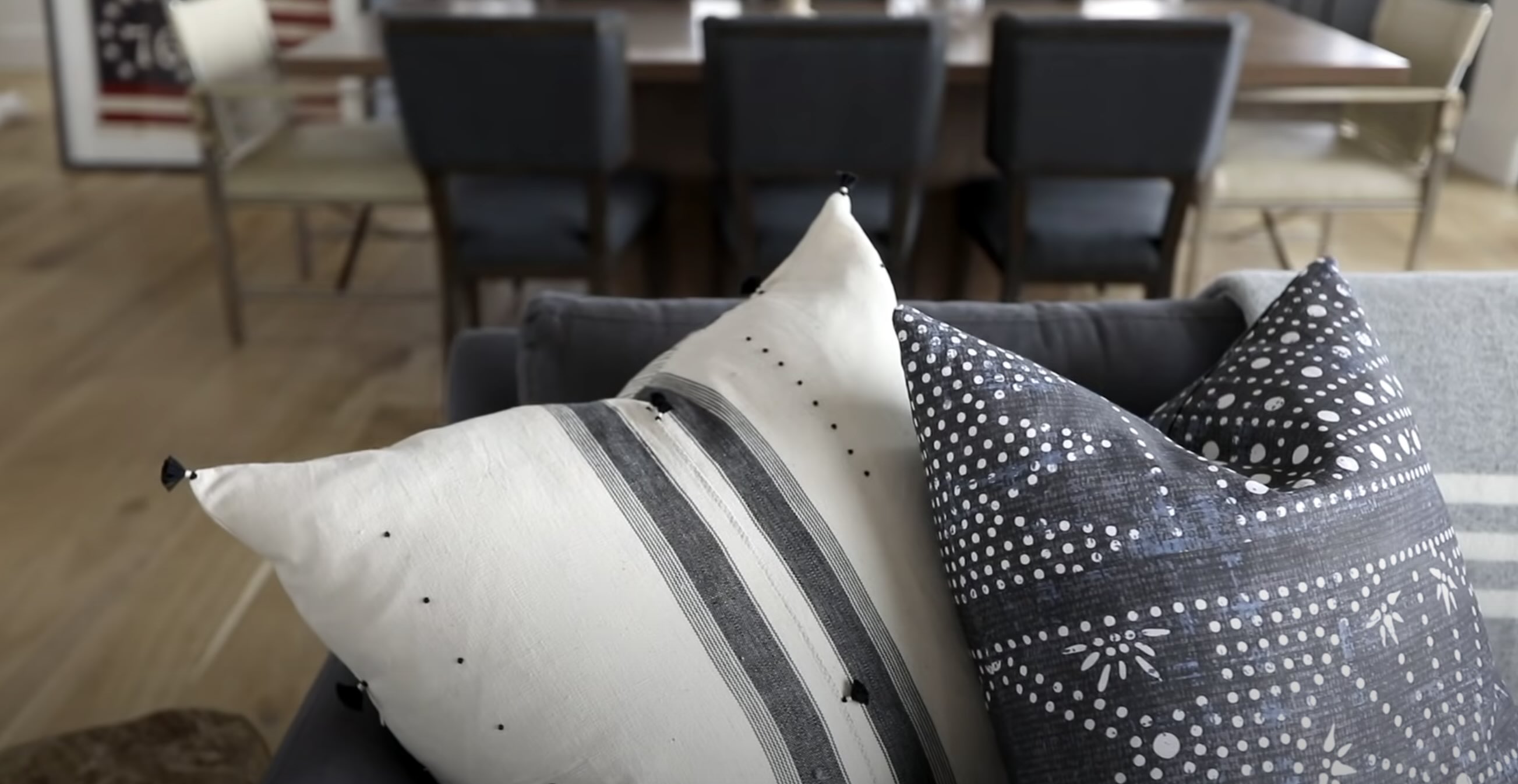
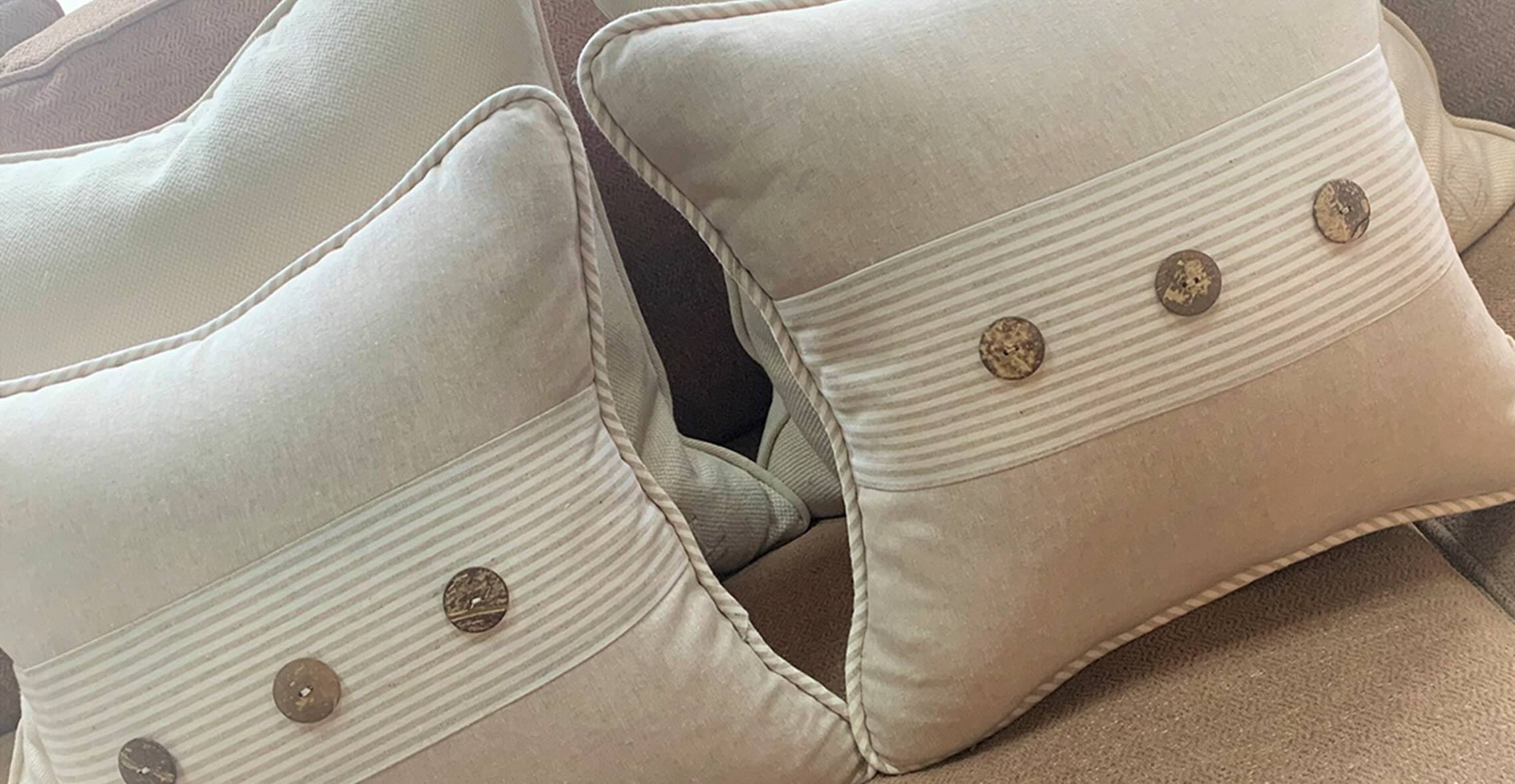


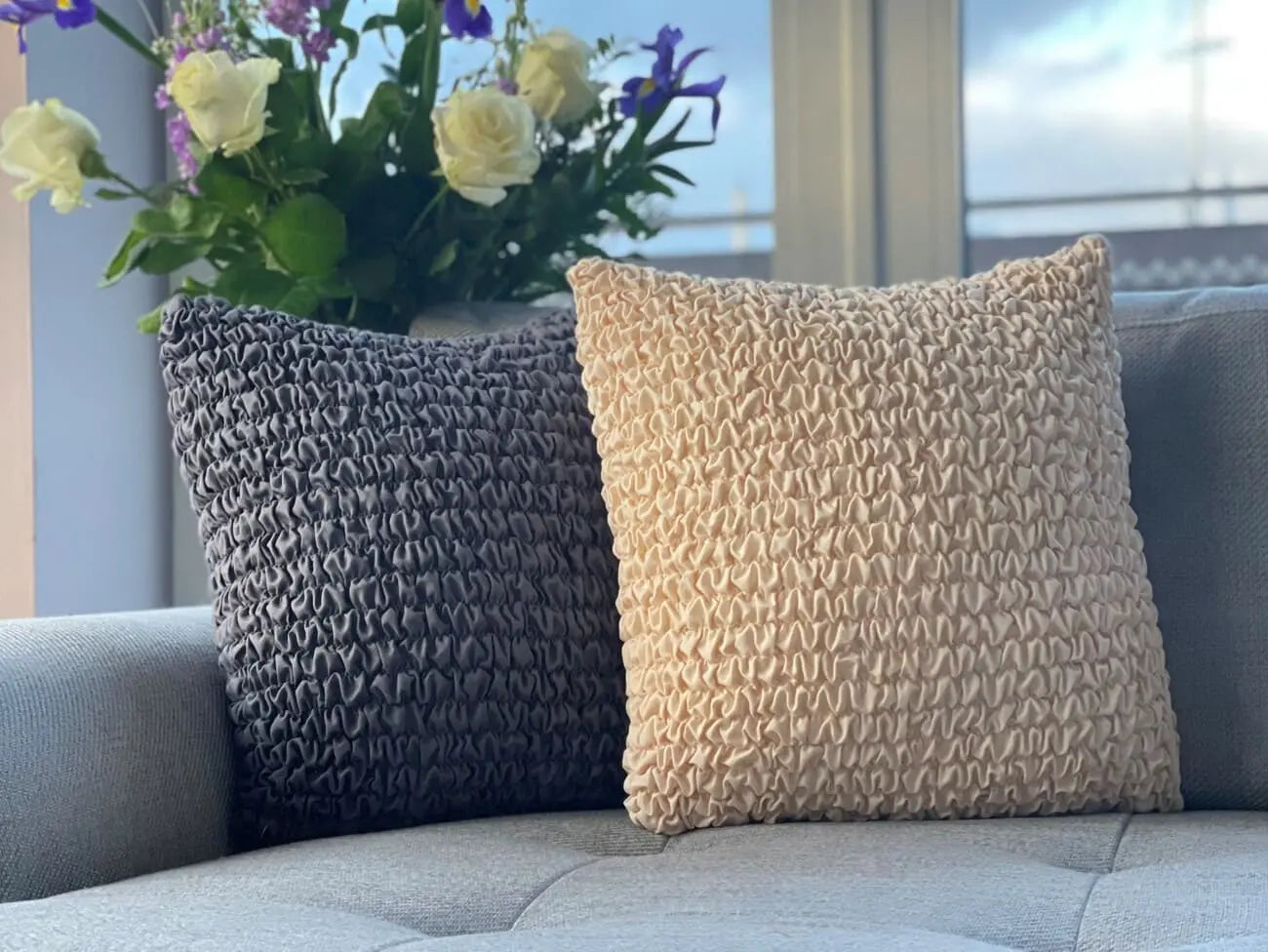
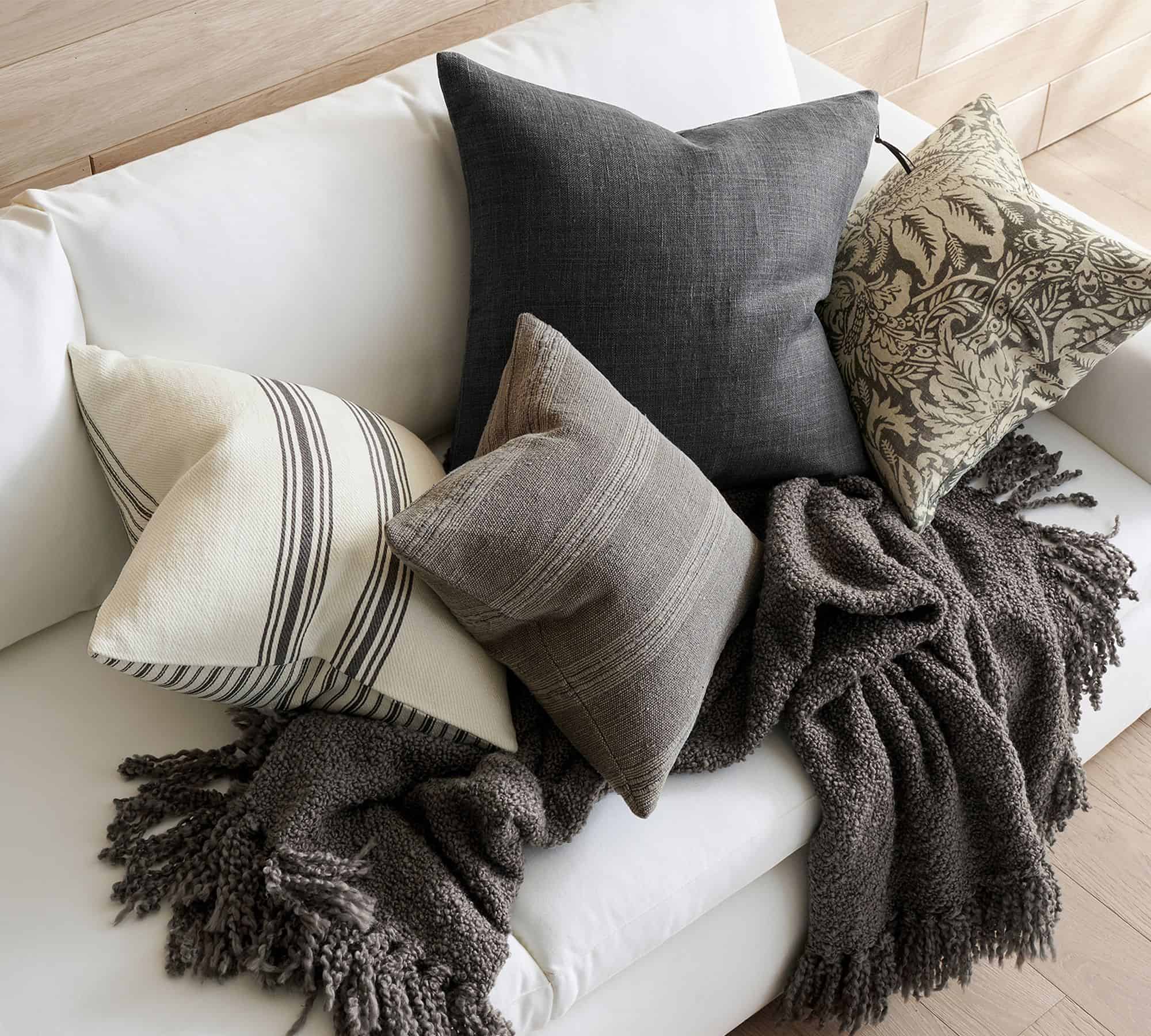
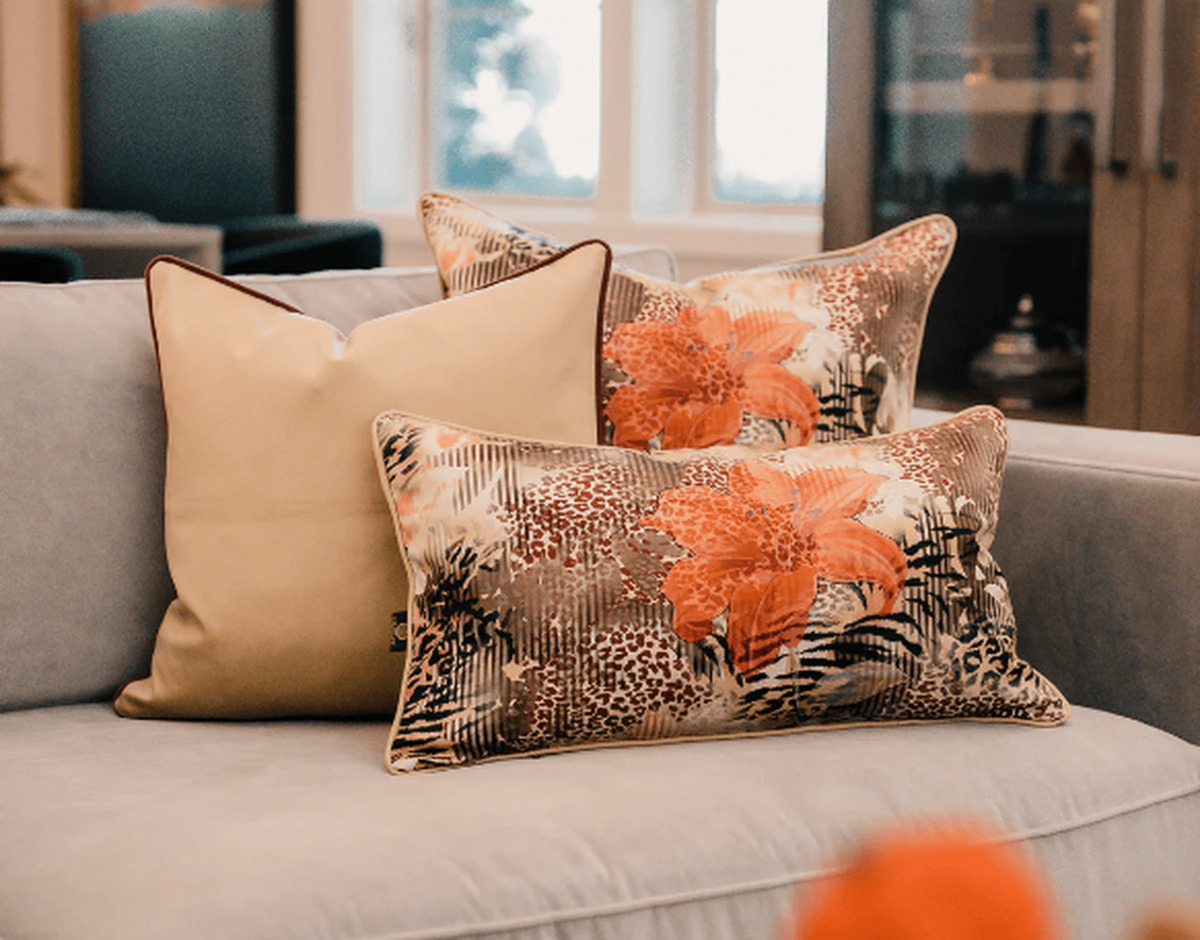
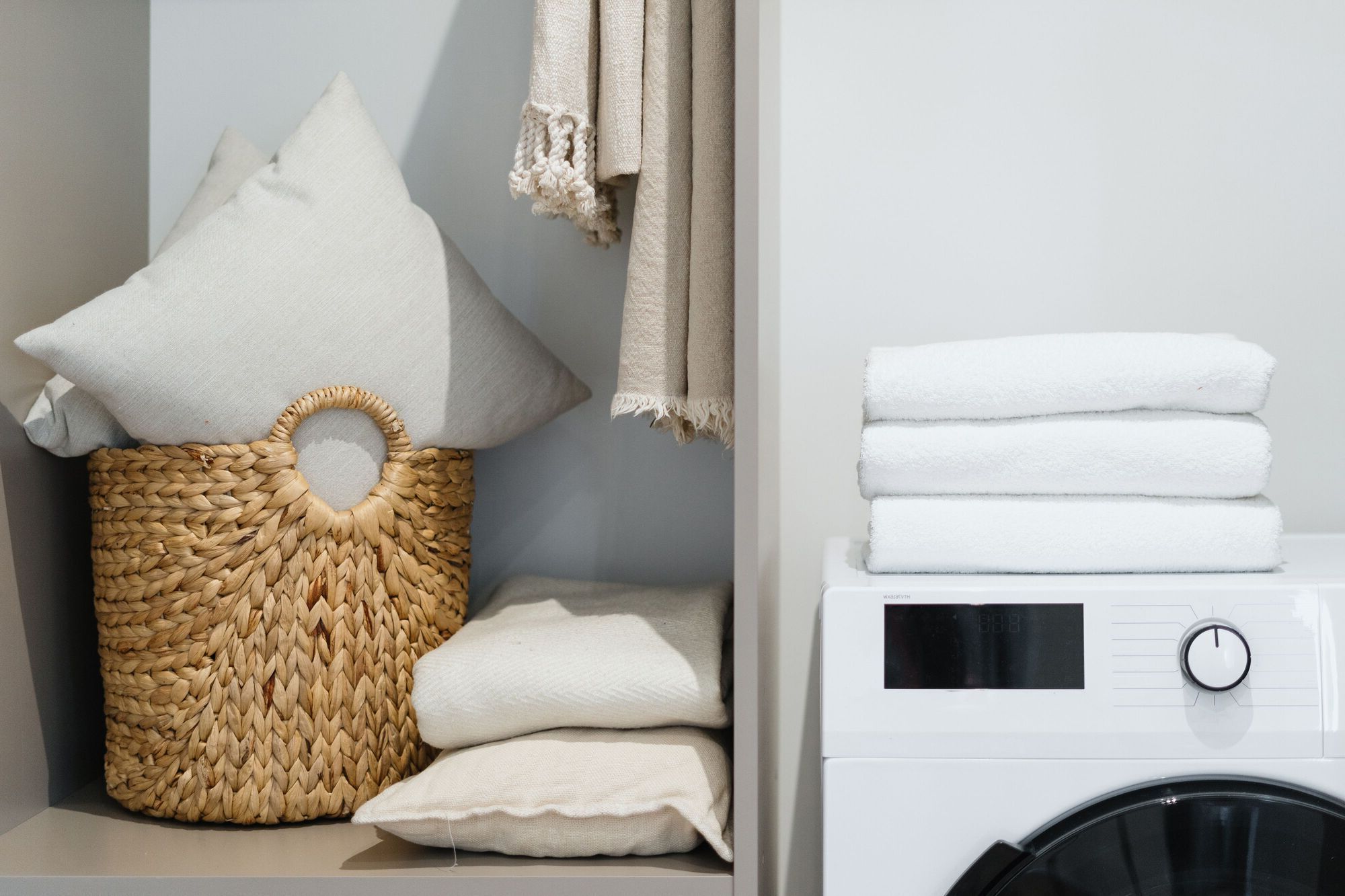

0 thoughts on “How To Clean Throw Pillows: Experts Offer Laundry Lessons”